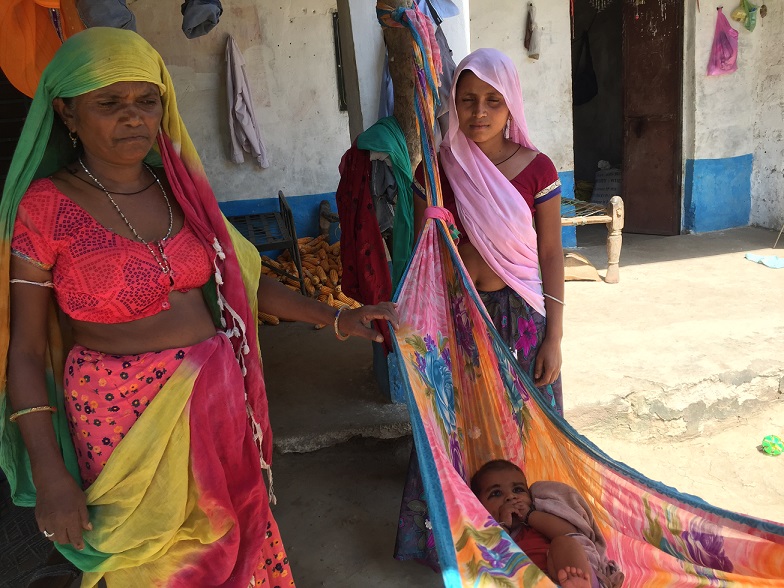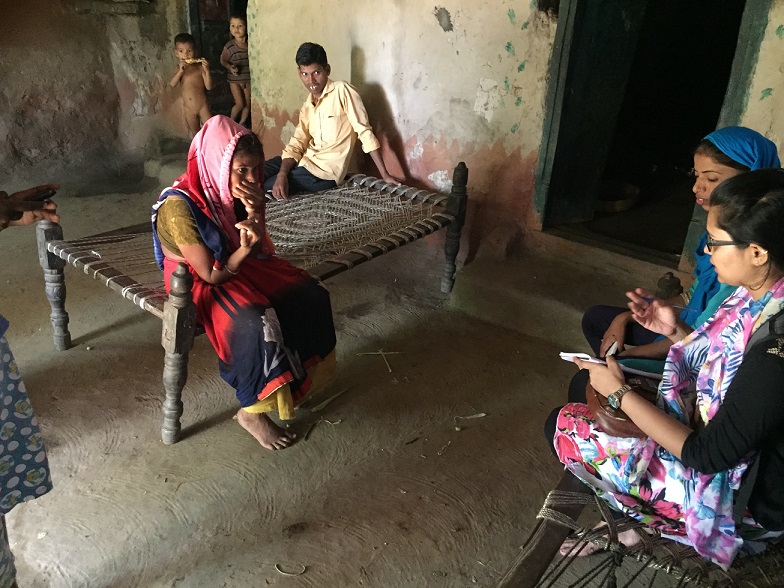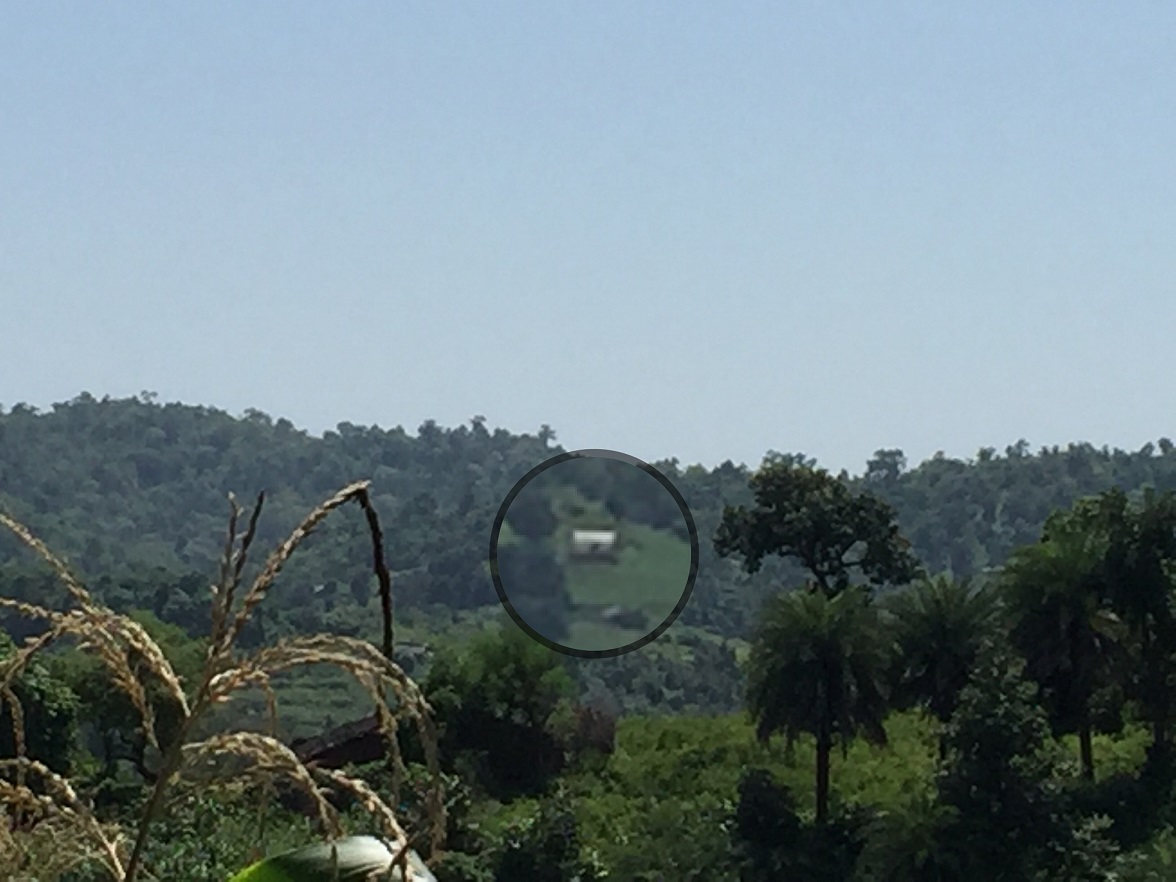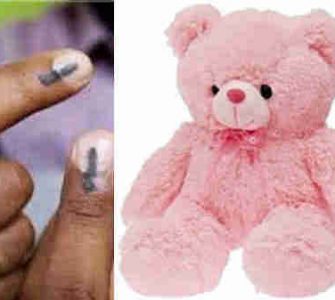
By: Dr. Dnyaneshee Dudhal
“I got married 6 months’ back.” (blushes), she narrated; I was flabbergasted. I met her in Balicharni – a tribal village down southwest from Udaipur in Kotra. Amidst the lush green forest, she lived with her in-laws. Shocked, yet sarcastic I asked, “But right now you said your child was 2 years old ?!?” she giggled. “I am living here since 2 years.”, mumbled the teenager. It triggered in me the eagerness to explore this incredible culture in the tribes. Walking miles in the scorching sun through thick and thin, the fields and streams to interact with them was enticing and enriching. I learnt their liberal ways of prioritizing choices in marriage over any other barriers. Family as an institution was so varied and permissive. Individualistic decisions were appreciated and this was their social norm.
She makes her choice

Kotra, the tribal belt of Udaipur is recognized for its distinguished socio-cultural norm of marriage. It is fondly called as the ‘Natha’ system; a culture where a woman can exclusively choose to live with the man of her choice. In this community as the girls hit puberty and develop attraction for opposite sex, they can candidly move out with the guy of their choice unlike the other parts of rural India. A teenager (as girls get married in early adolescence) lives with him in his house before getting married to see their compatibility. There is no societal or parental pressure which a woman faces to spend rest of her life with this guy itself. A married woman with children, if infatuated towards another male desires to spend rest of her life with him, has the liberty to do so. Though not all marriages take place by the ‘Natha’ system, majority of the community still follows this. There is uttermost freedom of choice that an individual enjoys and women are the most benefitted in contrast to the patriarchal Indian society.
Children-The symbol of strength

“Do you yet wish to have some more children?”, as a doctor I questioned in a worried yet stern tone. She blushed and it outraged me. Calming down my nerves I asked, “Why do you need so many children at all?” Like most other rural Indian women, she stood mute and her husband answered on her behalf. He said, “What if someone comes to fight with us, I need people on my side.” The answer kept me numb. I discovered that the children were looked upon as the symbol of strength of a family. Thus the average family size in Kotra were huge wherein it is normal for a couple to have 7-8 children. This is possible because the couples get married in the teenage and the reproductive years a woman gets is around 30 years. They followed a barter system to get their children married off. A male and female child were got married at a time. In this if a girl child is sent to her in laws, at the same time a female child from the girls in laws marries the boy. Until there is even number of children in the family the couple produce children.
High compensations

Riding a bike on the roads is a thrill in Kotra. One has to be very careful and conscious. It is a custom where the compensation money for accidents is looked upon as a source of income. If a hen is knocked down by a vehicle one has to pay 3000 INR – they compensated for the eggs and the chickens of the dead hen too. For a sheep or a goat, the compensation is around 25,000 INR. While for a human, the amount goes in lakhs. Parking the bike on roadside, I climbed up, “How do you manage to travel so far uphill every day!”, squatting outside the house- panting heavily I exclaimed. The children chuckled and gawked at me while their mother offered me some water. The house was surrounded by the dense green forest. I learnt that privacy is luxury in the community. If a house was built in a visible distance by this, the head of the house would shift his house still farther to the upper part of the hill, deep in the forest.
Their customs are exotic, their culture is engaging and they were all marvelous. This journey with the tribes in Kotra was phenomenal.
The writer is currently pursuing Master of Health Administration, Tata Institute of Social Sciences, Mumbai
Picture credits: Dr. Dnyaneshee Dudhal










